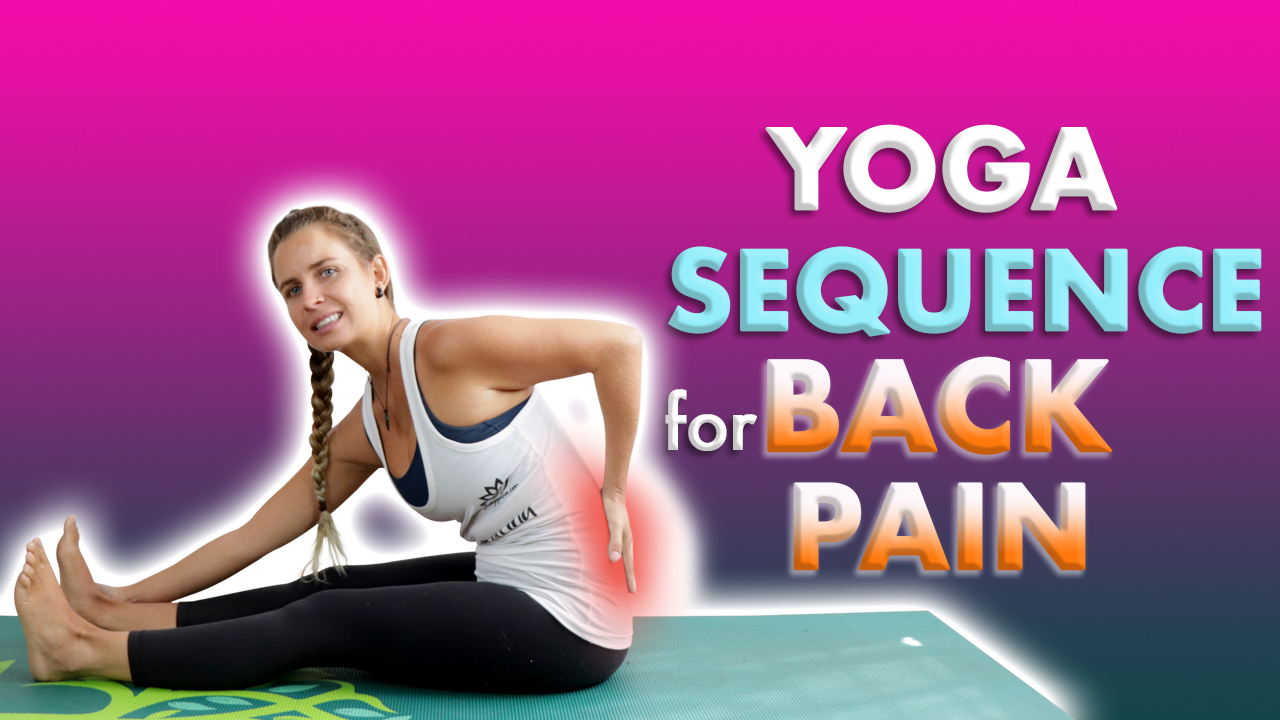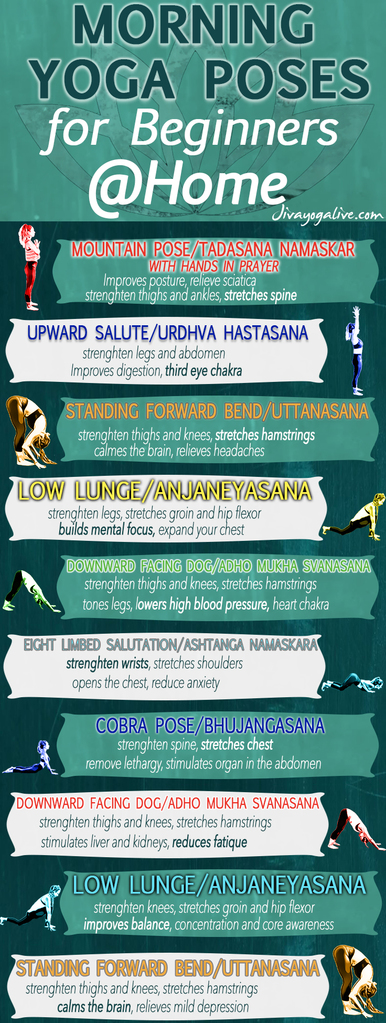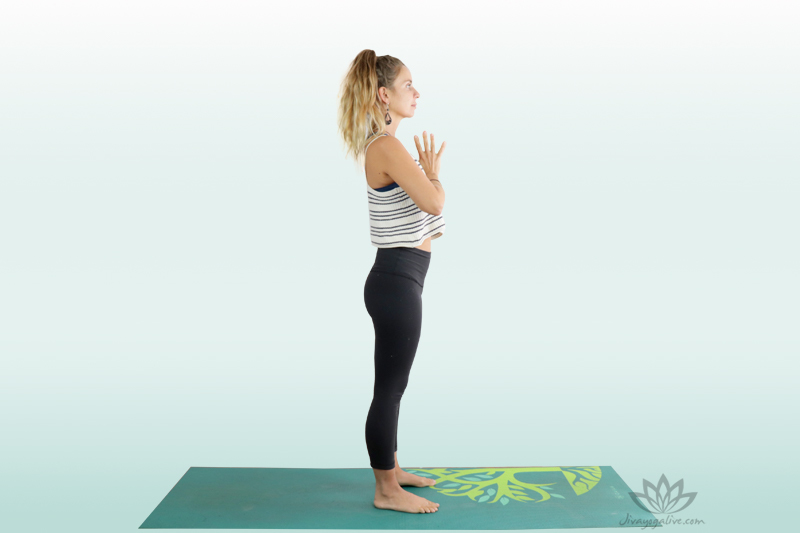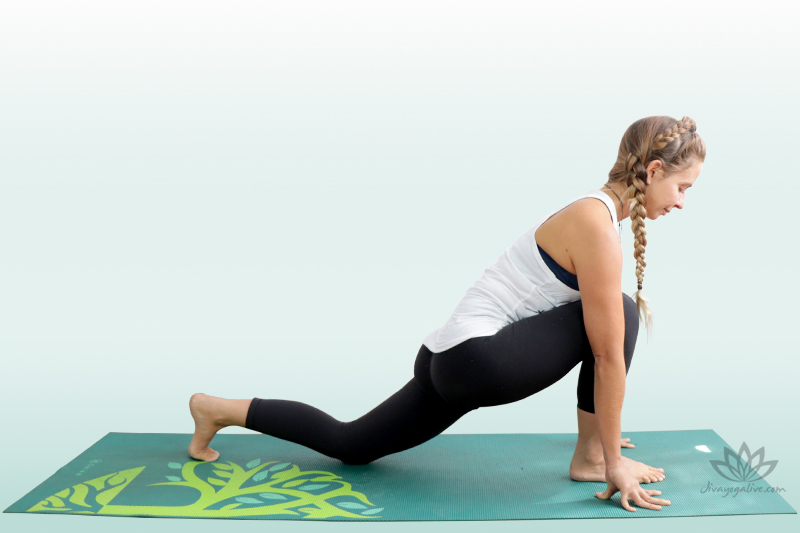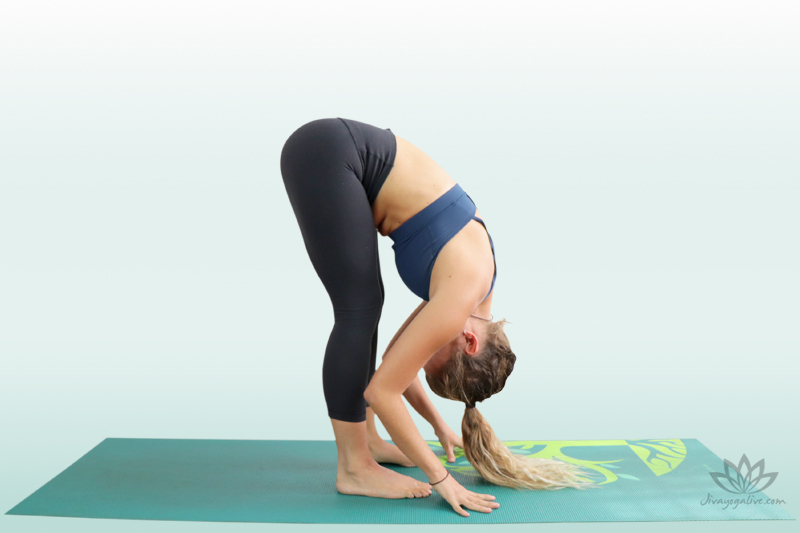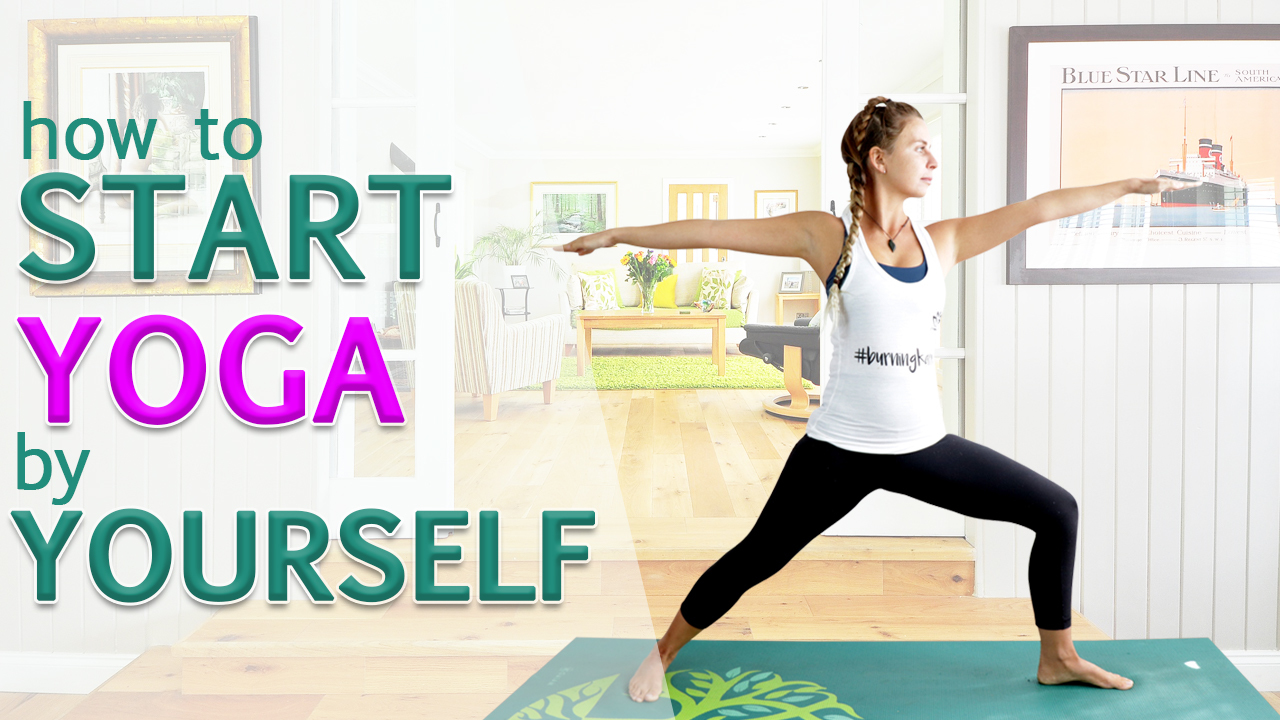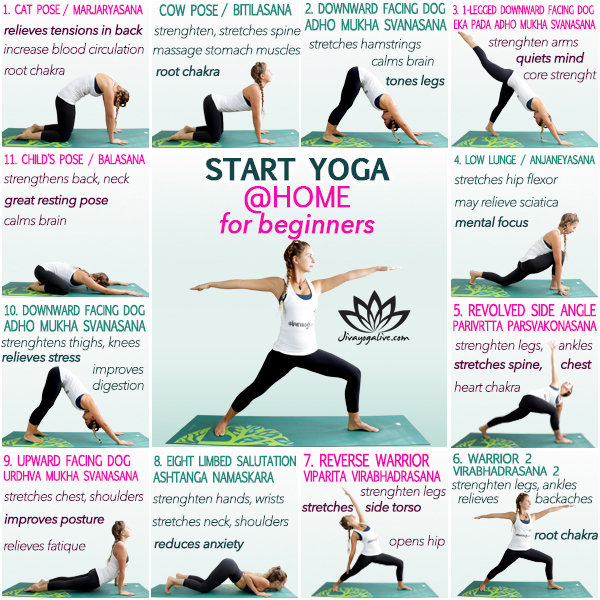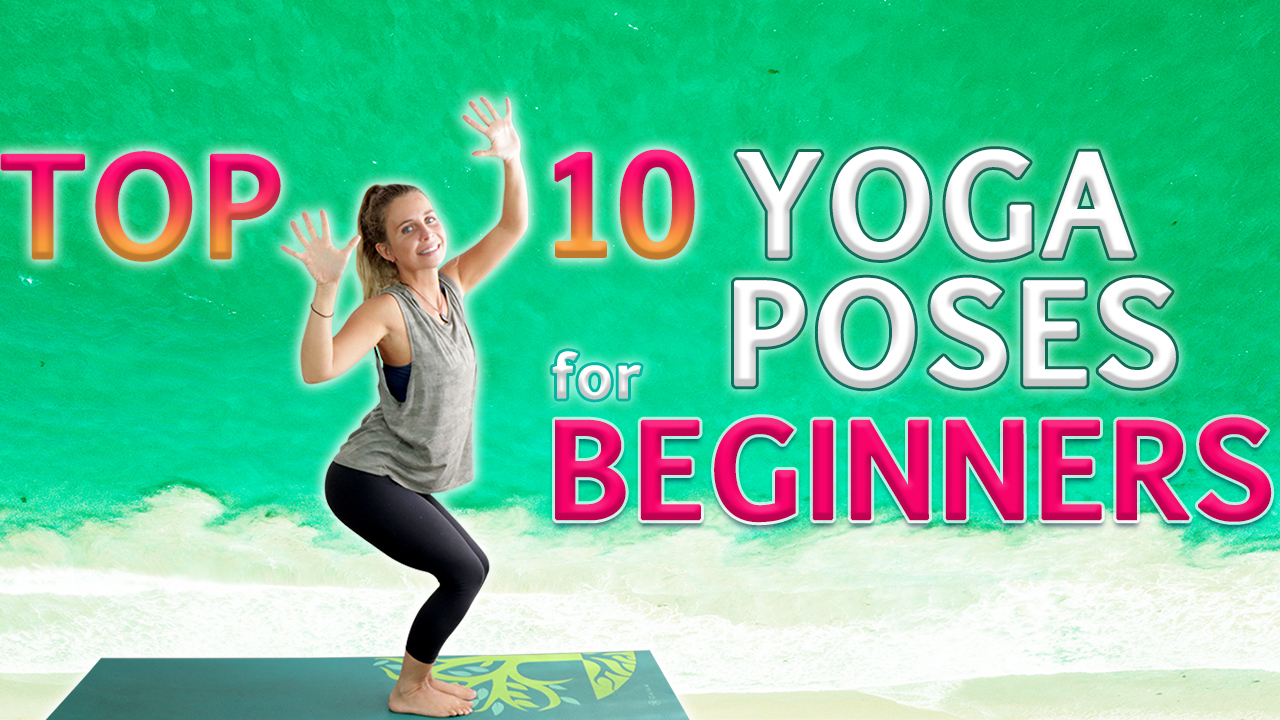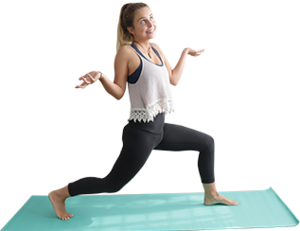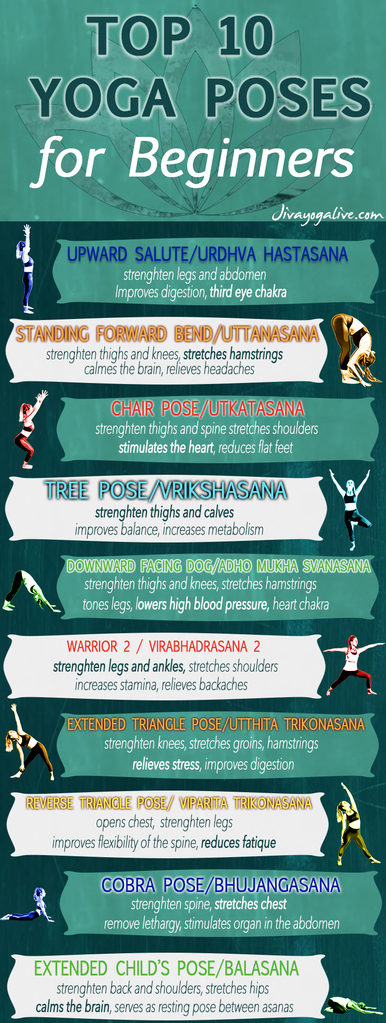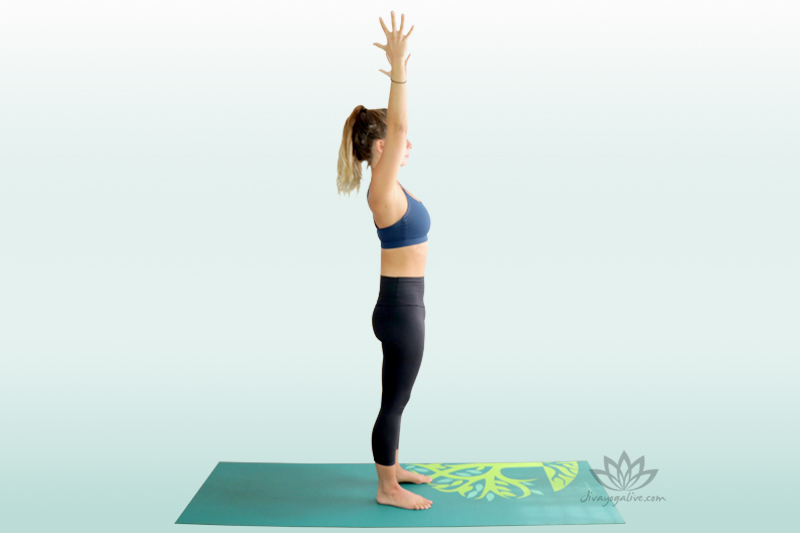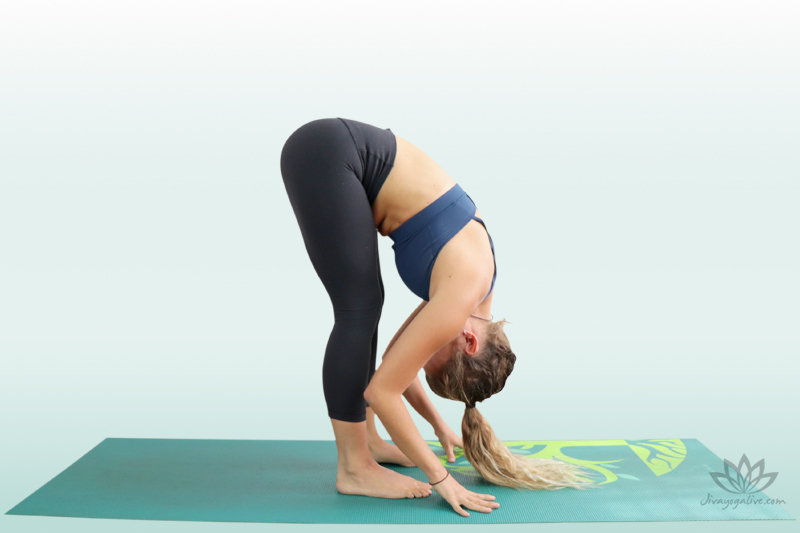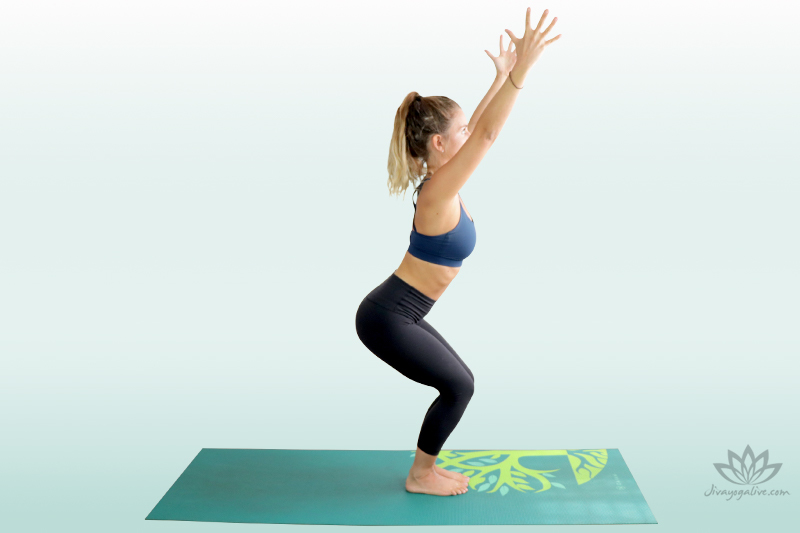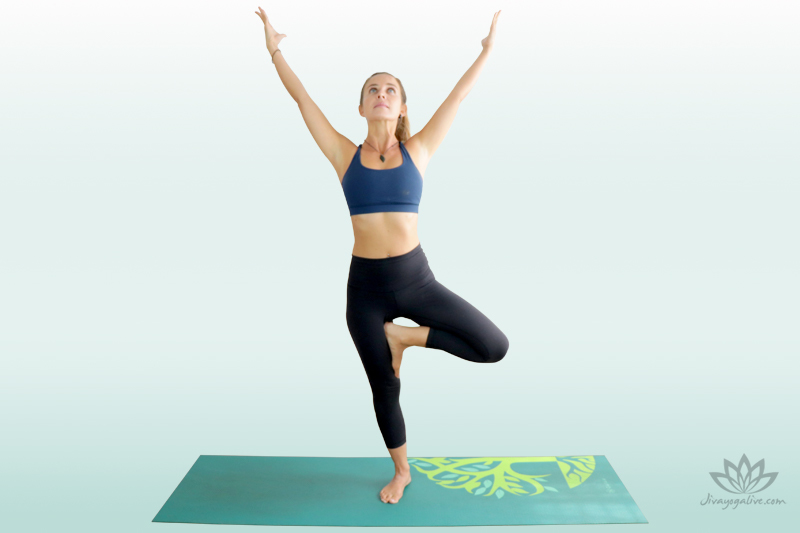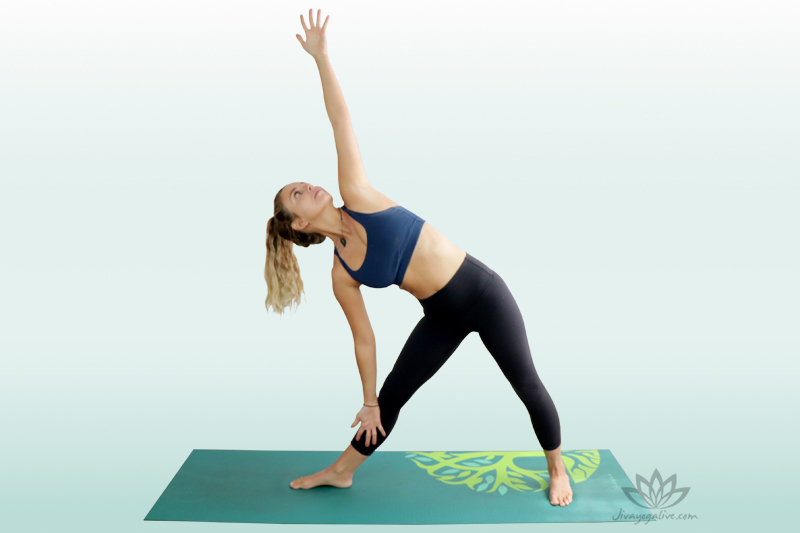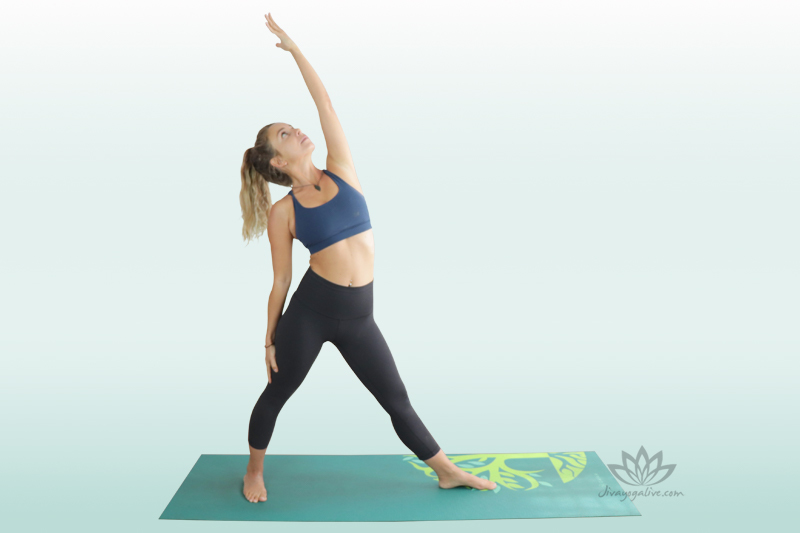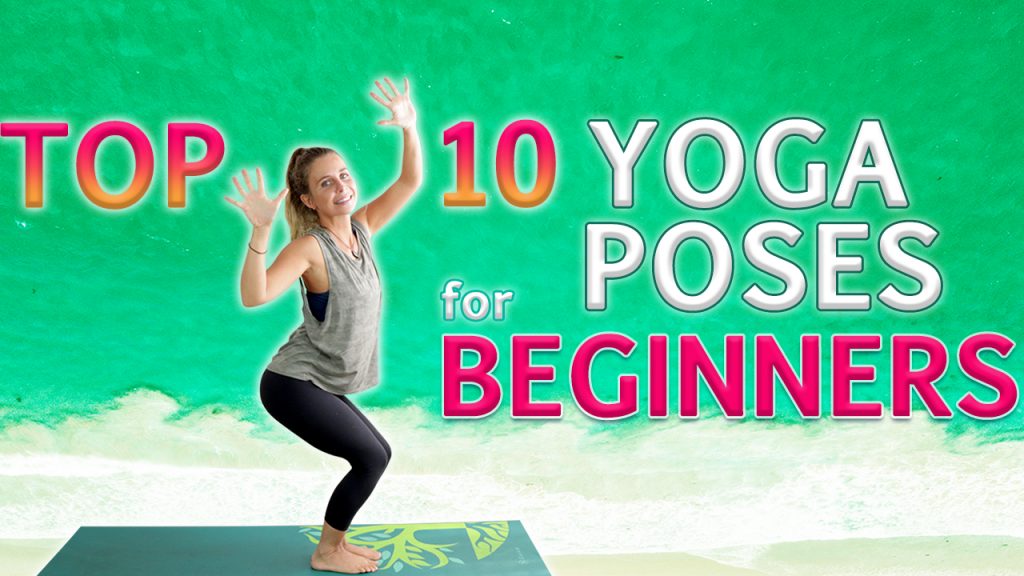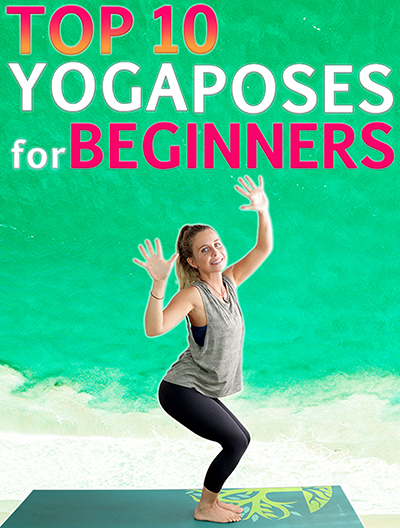I remember a time when I was backpacking in Cambodia and somehow I had pulled a muscle in my back. I couldn’t even lie down straight in bed, let alone explore the exciting new world I was in, without there being excruciating pain. Whenever my back is suffering, I get onto the floor and move through some of the most simple yoga poses out there. I move slowly and feel instant satisfaction and release when on the lucky occasion my back cracks and softly opens up.
Yoga is one of the most effective and natural tools that we have at our disposal for treating and preventing back issues and if you have experienced back pain, you know just how debilitating it can be. It can make even the most simple tasks impossible and will have you reaching for over the counter drugs quite quickly, just so you can manage your everyday life.
A regular yoga practice will allow the back and the spine to become strong and resilient over time, but it can also be used as a tool to provide pain relief in time of crisis if done mindfully. When I couldn’t even find relief in lying in bed, I was so grateful that I had a yoga background to support me.

TRAINING TYPE: FLOW SEQUENCE
CATEGORY:YOGA
SUBCATEGORY:BEGINNER YOGA
PLANNED TIME:10-15 MINUTES
LEVEL:BEGINNER
PROPS:BLOCK
What are the best beginner yoga poses for lower back pain?
Easy Beginner Yoga Sequence For Lower Back Pain
You will be introduced to a beginner yoga sequence for lower back pain. Grab a block or a book if you have one handy so there is the option to take modifications and for a little extra support. Back pain is often caused by tightness in other areas of the body such as the hips, which means it is essential that we work on the whole body, making sure to move with caution and care. Listening to the body when working with back pain is key!
Keep in mind this sequence is not about pushing the body, instead we are wanting to move with caution and respect in a way that is therapeutic and conducive to healing. So it’s important that we work to open up and release stagnant energies in the whole body.
Beginner Yoga For Lower Back Pain Sequence Infographic
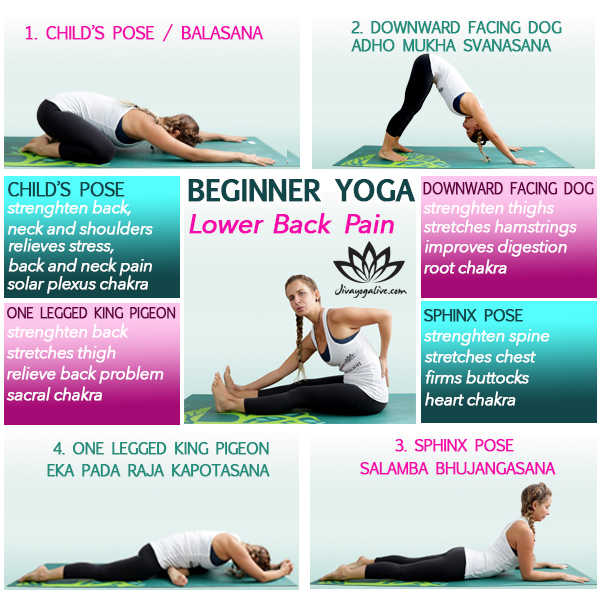
Extended Child’s Pose – Balasana
Take the knees as wide as the mat and come down into an Extended Child’s Pose. A gentle way to elongate the spine, stretching it from tailbone right through to the crown of the head. Allow the forehead to come down to the mat and breathe into the pose, sending the breath into the back of the body, into the kidneys.
This pose is the perfect place to take rest and is available at all times during your practice. Think of it as your home base. It’s is restorative and relaxing but also offers a gentle stretch to the whole spinal column.

Downward Facing Dog – Adho Mukha Svanasana
Pushing back next into Downward Facing Dog, by tucking the toes and pushing into the palms, sending the hips and tailbone up. Take your time here to pedal out the legs, bending one knee and then the other.
When you think about inversions, you typically think of the Headstand and Shoulder Stand, but Downward Facing Dog also brings the head below the hips, making it a gentle and more easily available inversion for the body. It strengthens the chest, arms, wrists and core, making it a great preparatory pose for those more advanced balances.

One-Legged King Pigeon Pose forward bend variation – Eka Pada Rajakapotasana
Take the right knee and place it down behind the right wrist, and walk the back leg down along the mat, top of the foot resting down. Aim to have the right shin parallel with the top edge of the mat, or in towards the groin. Come onto the fingertips and lengthen the spine up. Exhale, bring the torso down, coming to rest on the forearms. To go deeper, bring the forehead down to the earth. There is the option here to slide the block underneath the hips to make the square.
Use the hands and arms to walk the torso back up, lift the back knee and press into the palms and push back into Downward Facing Dog. Take One-Legged King Pigeon Pose forward bend variation to the other side, making sure the block is handy for support.
We all hold a lot of tension in the hips, whether that be from other athletic activities, sitting at a desk or as a result of high stress, and this pose provides a powerful release to this area. It can feel extremely intense, but at the same time deeply satisfying. Use the breath to help drop you deeper into this pose over time.

Sphinx Pose – Salamba Bhujangasana
Transitioning down onto the belly next so you can move into Sphinx Pose. Press the forearms and palms down into the mat, making sure that the elbows are in line with the shoulders. As we press down into the earth we can work to drag the heart forward, opening the chest and at the same time creating a healthy compression in the lower back.
Sphinx Pose is one of the most therapeutic backbends you can move through when working with low back pain. It’s very gentle, but very rewarding, especially is practiced with consistency. It lengthens the abdominal muscles and stretches the spine, all whilst opening the shoulders and the chest.

Featured Video: Beginner Yoga For Lower Back Pain
Yoga for Lower Back Pain and Sciatica
Sciatica is the experience of tenderness or pain anywhere along the Sciatic nerve, a nerve which runs from the spinal cord, down the leg and into the foot. We house two of these nerves, one in each leg. Studies show that lower back pain is one of the most common causes of limited activity in people under the age of 45 and the second biggest reason that people are making doctor’s appointments! One review on Trajectories of Low Back Pain (2013), indicates that between 25-80% of low back pain patients will experience some form of recurrent back problem in the following year.
The Journal of Neurosurgery: Spine (2005), claims that there is a 40% probability that each of us will experience Sciatica over the course of a lifetime and often we will opt for treatment in the form of creams and injections. However, yoga can provide a more natural way to soothe, as opposed to these over the counter drugs or painful needles.
Saucha, one of our founders here at Jivayogalive was recently bed bound with excruciating pain, unable to walk or to sit without immense suffering (from clocking way too many hours hunched over the computer, working too hard if you ask me!).
He was quickly diagnosed with sciatica and what did the doctor order? Yoga. Of course. Lol. He was directed to perform a series of very simple and very accessible poses daily and in a matter of days he was up and walking again, and of course, back at the computer working way too hard.
3yoga poses that target the specific areas for Sciatic pain
Cow Face Pose variation – Gomukhasana In this variation you want to extend the bottom leg straight. This is often a tricky pose for beginners, so having a blanket underneath the hips will help tilt the pelvis forward and make it a little more accessible.
Cow Face Pose is a great way to internally rotate the thigh bones which stretches into the hips, which will provide relief along the sciatic nerve. There is the option to lean the torso down over the knees to deepen the stretch.
One-Legged King Pigeon Pose forward bend variation – Eka Pada Rajakapotasana
When the piriformis is tight there is often pressure being exerted onto the sciatic nerve and this pose can provide one of the deepest stretches to this muscle. There are a number of tell-tale signs to look for that can indicate that sciatic pain is linked to a tight piriformis; is there pain when walking on the heels and toes? Any burning sensation in the back of the calf extending down to the heel? Pain when sitting? All of these can indicate tightness in the piriformis.
Half Lord of the Fishes – Ardha Matsyendrasana This pose will help to restore the spines natural range of motion and relieve back ache and sciatic pain. Be sure to keep the spine straight and use a blanket underneath the hips so as to tilt the pelvis forward.
Spinal twists are extremely therapeutic, but take care to move slowly and with awareness so as to not strain the back further. Make sure to perform each of these poses on both sides of the body, spending a few minutes in each, allowing the breath to guide you.
3 Yoga Exercises For Instant Lower Back Pain Relief
Yoga works to strengthen and stretch the muscles that support the back and spine and a regular practice is a great preventative measure to take that will help to avoid future injury. However, if you are reading this a little too late and there is already suffering in the lower back specifically, there are a number of great poses that will support your road to recovery and provide you with relief. Cat-Cow Pose – Marjaiasana-Bitilasana
This pose is such a simple and accessible way to work with lower back pain. It stretches the back, the hips and the abdomen and when combined with Cat Pose, there is the opportunity to move back and forth, stretching and compressing the whole length of the spine. Puppy Dog Pose – Uttana Shishosana
The Sanskrit translation for the word Uttana is intense, and this means Puppy, so imagine a puppy taking an intense stretch forward with its whole upper body. Although it is considered an intense stretch, there is also an element of relaxation for the shoulders and back. The more you bend your knees and push into your extended finger tips the more you will feel the stretch and experience relief from pain. Wind Relieving Pose – Pavana Muktasana
After compressing the spine, a nice therapeutic way to finish up can be to come into the Wind relieving Pose. There is the option to roll around on the lower spine and the sacrum just giving the low back a massage and really showing this area some love.
3 Beginner Yoga Poses For Back Pain
When back pain is at its worst and you are at the point of no return, often there is the inability to do even the most simple things such as walking and sitting. Some yoga poses will not be accessible, so below are three of the most beginner friendly poses to help ease your pain. Stretching and lengthening movements are often what are needed for the back to feel better, so give these simple poses a go.
Standing Forward Fold
Usually we come in to the Standing Forward Fold with the aim of stretching the back of the hamstrings, but in the instance of back pain, we want to take our awareness into the spine. This means we can take a bend to the knees and allow the belly to sandwich down onto the thighs. Now it’s time to really let the upper body hang forward and down. Here we are working to lengthen and mobilize the spine, so there is to be no tension in the torso at all. Just hang out, and let gravity stretch the spine from tailbone right through to the crown of the head.
Supine Spinal Twist
Twisting the spine can really aid recovery and relieve pain when done with care and when it comes to twists, the Supine Spinal Twist is the most beginner friendly one there is. This pose can relieve the entire back and the neck and requires no physical effort. The job is left to gravity and all you have to do is relax and breathe. Support yourself by putting blankets and cushions under the knees if they don’t reach the floor and just focus on your breath and settle in for five minutes either side.
Sphinx
This pose if one of the most therapeutic when it comes to working with back pain! If we spend a lot of time sitting, the lower back tends to flatten and this can cause a great deal of pain over time. Sphinx Pose accentuates the natural curve of the lower spine, is very beginner friendly and is great at providing a means of preventative care for the future.
Conclusion
Lower back pain, and back pain in general can be triggered by a number of things. From injury, to poor posture and even tightness in other unrelated areas of the body. A regular yoga practice encourages mobility of the spine and back in order to prevent injury, but if you are already working with a current injury, these poses when done with caution and respect, will be extremely therapeutic. It is important to keep the body moving to prevent any stiffness settling in further, but make sure to listen to the body. Use props and take modifications to support yourself when necessary and always practice patience with yourself and your healing journey. So give it a go! Namaste
About
Charlie Hanna
Charlie is a Yoga Alliance certified Hatha, Yin Yoga & Meditation teacher with a psychology degree in her back pocket. She is currently on a mission, chasing sun and Read More..
